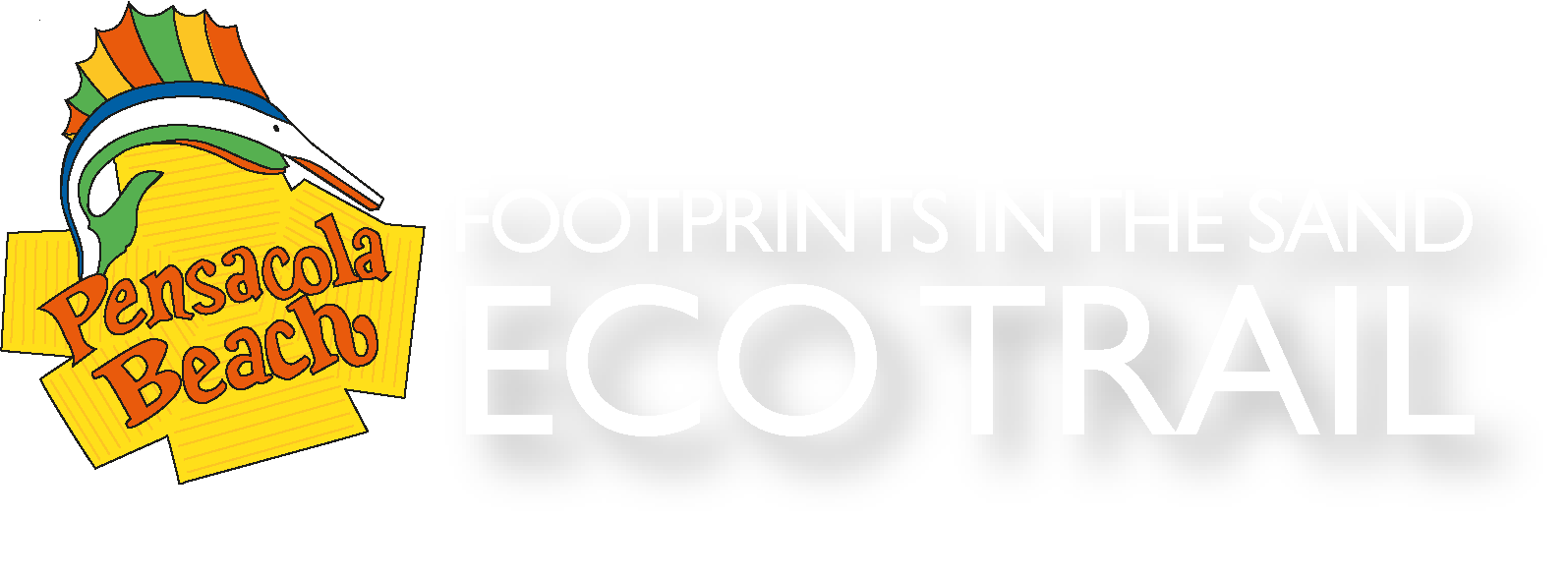© Jay Fleming
SEAGRASSES
Seagrasses are the only flowering plants that live their entire lives underwater. They fulfill many crucial ecosystem functions in Florida’s waters, including sediment stabilization, carbon capture, and oxygen production. The plants require sunlight, so the depth at which they grow is dependent on water clarity.
Seagrass beds serve as important nursery areas for juvenile marine animals. In fact, nearly all of Florida’s recreationally and commercially important marine animals begin their lives in seagrass beds, which provide them both food and shelter. For this reason, seagrass beds are often called the “cradles of the ocean.” Unfortunately, the Florida Fish and Wildlife Conservation Commission considers seagrasses one of the most threatened habitats in Florida.
I © I
...
Florida has seven species of seagrasses, four of which are common in our area.
Turtle Grass is the most common seagrass found along the Florida coast. It has wide, green blades that grow in lush mats and can grow rapidly, as fast as one inch per week under ideal conditions. The grass gets its name from the endangered green sea turtle, which feeds on the grass. Interestingly, the green sea turtle gets its name and color from the seagrass, as this grassy diet turns its body fat green.
Widgeon Grass can grow in freshwater ecosystems, so it is often not considered a true seagrass. It prefers lower salinities but can be found in shallow inshore waters. It has delicate, thread-like leaves that grow alternately along slender stems that branch off into fingerlike tufts. It produces tiny green, pear-shaped fruits which are usually smaller than 1/32 of an inch.
.
Turtle Grass
Manatee Grass is also named for its primary grazer and is the second most common seagrass in Florida. It has thin, cylindrical blades and shallow roots.
Shoal Grass is more adaptable to imperfect conditions and lower salinities where turtle and manatee grass are not. The blades are narrow and flat and closely resemble common lawn grass. It does not produce flowers or fruit and has a much thinner blade than turtle grass. As the name implies, it grows in very shallow water and is occasionally exposed during extreme low tides in winter.
.
Manatee Grass
Seagrass beds can be physically damaged by scarring from boat propellers and anchors, overheated due to water temperature changes related to climate change and increased development, or killed by radical changes in salinity. They are highly sensitive to declines in water quality. It can take up to ten years for a seagrass bed to recover from boat propeller damage — and, sometimes, they never recover at all.
Boaters can prevent damage to their vessels and seagrass beds by avoiding shallow areas and seagrass beds completely. If this is impossible, trim up motors when in seagrass. Never attempt to use a motor if you run aground in a grass bed. Use a paddle to pole off the grassed area, get out of the boat and push it to deeper water, or wait for a higher tide.
.
Damaged Seagrass
Plants | Plant Zones | Grasses | Seagrasses | Flowers & Vines | Shrubs | Seaweed






